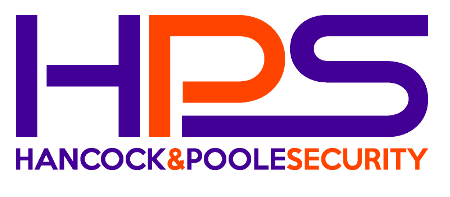HPS is here to help you understand what you should know about information security compliance.
If you aren’t sure that you fully understand what information security compliance means, you aren’t alone. Many businesses still haven’t fully grasped the difference between information security and compliance. Information security is a set of systems, tools, and processes designed to maintain the integrity of data and make it available to the intended users and out of reach of cybercriminals. Compliance uses standards frameworks for data security best practice guidelines or adherence to regulatory, licensing, or audit requirements.
There is not a straightforward definition of security compliance for any single company. Based on the type of business, the standards required could vary significantly. Instead, it is a combination of policies, guidelines, standards, and procedures that dictate the controls each company should have in place for robust information security compliance.
Compliance Standards
Security compliance is about processes and how well they conform to standards at any point in time. Though there are many standards worldwide, the following are some of the most common in the United States.
PCI-DSS
One of the most well-known compliance standards is the Payment Card Industry Data Security Standard. There are four levels of compliance within the standard. Some of the requirements are a secured network, secure user data, robust access controls and management policies, network tests and information security policy reviews.
HIPPA
The Health Insurance Portability and Accountability Act covers those businesses in the medical industry who deal with insurance. It is designed to safeguard patient confidentiality. It is comprised of five sections or titles. Title 2 is the one that most people think of when they hear HIPPA, as it covers security.
SOX
The Sarbanes-Oxley Act defines financial data management policies for public companies. Requirements cover how long to keep certain data, as well as the controls to prevent alteration, falsification, or destruction of data.
ISO 27000
ISO 27000 is an internationally recognized collection of standards that present the minimum data security requirements for securing data. It presents best practices for data governance and ongoing management of corporate data assets.
Security Controls
There are three categories of controls: administrative, physical, and technical.
- Administrative controls cover the people aspect of security, such as policies, procedures, and training.
- Physical controls are designed to prevent someone from freely entering anything from a building to a server room and can include locks, gates, badges, alarms, and security systems.
- The last but not least of the security control trifecta is technical controls that cover authentication, access, firewalls, intrusion detection, firewalls, etc.
Information security compliance is all about managing risk. In a world where the risks of a cyberattack are escalating at breakneck speed, you need a comprehensive plan to safeguard your data assets. It requires an understanding of the organizational needs, unique risks based on your business activities, and the corresponding compliance standards. In short, building a robust information security management system takes informed and experienced guidance.
When you are ready to learn more about information security compliance and how you can put it into practice at your company, Hancock and Poole Security can help. Contact us today to get started.



